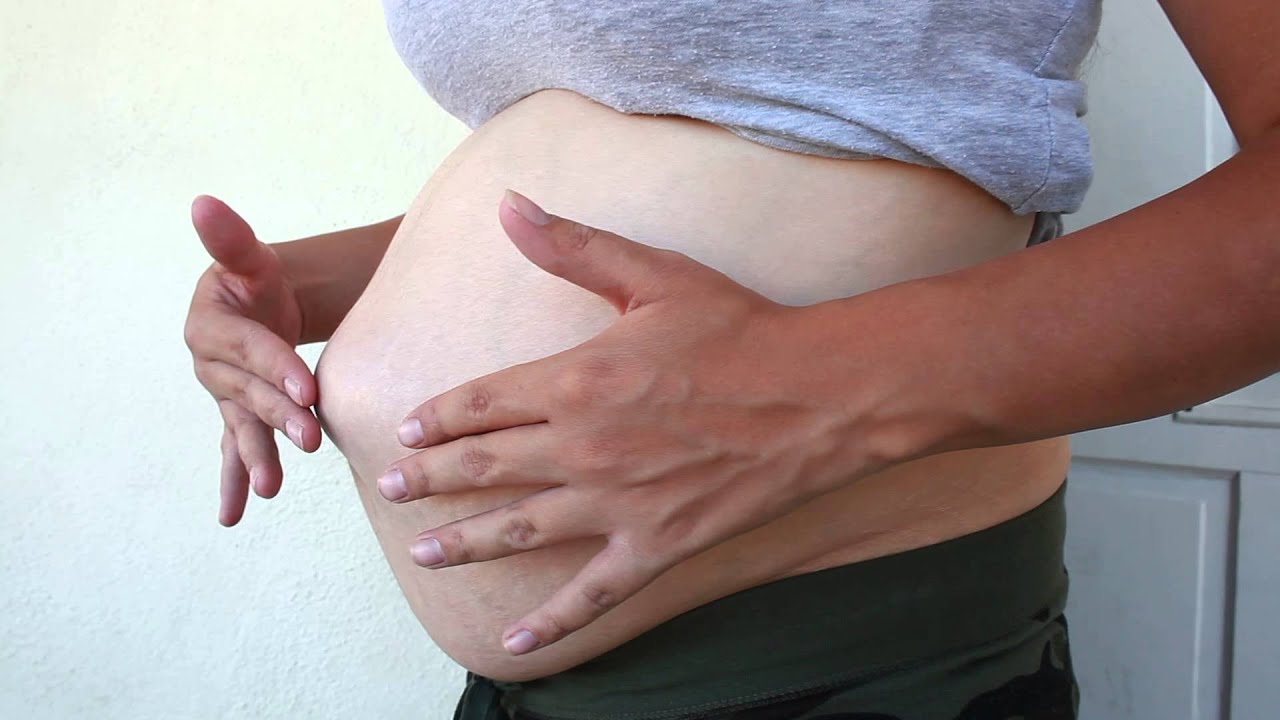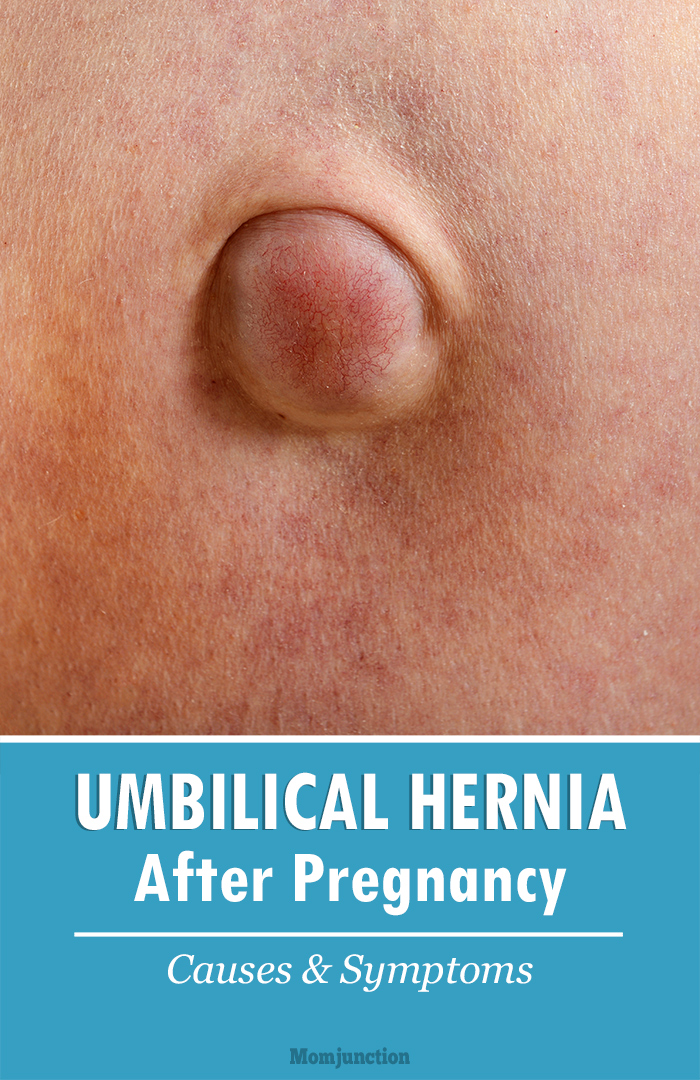Hernia After Pregnancy

Contents:
- Causes And Symptoms Of Umbilical Hernia
- What Is A Ventral Hernia After Cesarean Section
- The Treatment Of Ventral And Umbilical Hernias
- How To Treat The Umbilical Hernia At Home
- Umbilical Hernia Prevention
Umbilical hernia that appears after childbirth is a pathological process, which causes the internal organs of the abdominal cavity or peritoneum to bulge through the weakened muscles of the umbilical ring. Postpartum umbilical hernia is a quite common thing for women. During the pregnancy, the anterior abdominal wall stretches as the belly grows. And so the larger is the belly during pregnancy, the higher are your chances to get the postpartum umbilical hernia.
Causes and Symptoms of Umbilical Hernia
If woman’s body has certain anatomical features, it can cause muscle weakness of the abdominal wall along with the stretching of the umbilical ring. The genetic predisposition also plays an important part in it. The main symptoms of hernia are slight swelling and convexity of the navel.
If you have an umbilical hernia, you can feel pain during coughing or when the abdomen is stressed. In some cases you can also suffer from nausea and retching.
Only medical examination helps to diagnose an umbilical hernia correctly. To do so, the palpation along with the ultrasound (US) are used. If the case of umbilical hernia is extremely complicated, you also can be diagnosed with the help of X-ray examination.
What is a Ventral Hernia After Cesarean Section
Statistic shows that 20 % of women, who experienced cesarean section, have this pathology. Ventral hernia after cesarean section is a muscle defect of the abdominal wall’s tendon frame that appears in the post-surgeon scar area. This illness is classified as a post-traumatic hernia and looks like a convex formation that can be reduced with the help of little pressure or in a horizontal body position.
The Treatment of Ventral and Umbilical Hernias

It’s impossible to treat the ventral hernia that appears after cesarean section with the help of conservative or symptomatic therapy. Only surgery can help to restore the abdominal walls. If your own abdominal tissue cannot be restored, doctors use special transplantation materials (mesh prosthesis of the abdominal cavity). During this surgery the excess fat is removed from the abdomen.
Classical treatment of postpartum umbilical hernia bases on the prescription of antispasmodic pharmacological medicine like no-spa and papaverine. If the umbilical hernia can be reduced and doesn’t look particularly dangerous, no surgery is needed.
How to Treat the Umbilical Hernia at Home
Traditional medicine helps to restore the abdominal muscle tissue. If the traditional medicine is used along with conservative medical treatment, it can give the best effect.
There are many ways to treat this disease – for example, with the help of one of these useful recipes:
- Take a tablespoon of drupe seeds and put in a glass of boiling water, than leave it in dark place for a half of hour. Drink it during the day in equal portions.
- Chop the bark and the oak leaves finely and then put them in the glass of warm red wine. Then make a compress from it, put it on the affected area and leave for at least three hours.
- Chop aspen bark, put it into 200 ml of boiling water and leave for 2 hours maximum. Take 2 tablespoons of this broth three times a day before a meal.
- Oil a hernia with camphor oil, put a turpentine flapjack on top of it, fixate it with the help of patch and leave for about five minutes. Beware of burns.
- Make a compress from the young nettle leaves. To do so. mix the leaves with the help of blender until they are mushy, then put them on a cabbage leaf and put this compress on a hernia. Leave it for three hours and bandage the area with warm scarf. You can use plantain instead of a cabbage leaf.
- If you are in pain, use salt: warm it, then put two tablespoons in the handkerchief and put it on the navel. This will help you to remove swelling and to ease the pain.
- You can use traditional medicine only if the doctor allows you to do so. Remember: self-healing can cause undesirable complications.
Umbilical Hernia Prevention
If you want to avoid relapse, regular training of abdominal muscles is necessary. In this case simple gymnastics and massage therapy will help you. But you have to avoid active exercises during pregnancy and for 1-2 months after childbirth. Prenatal of postnatal bandage can be used as a prevention measure too. And the rationally planned nutrition will help the gastrointestinal tract to work more actively.